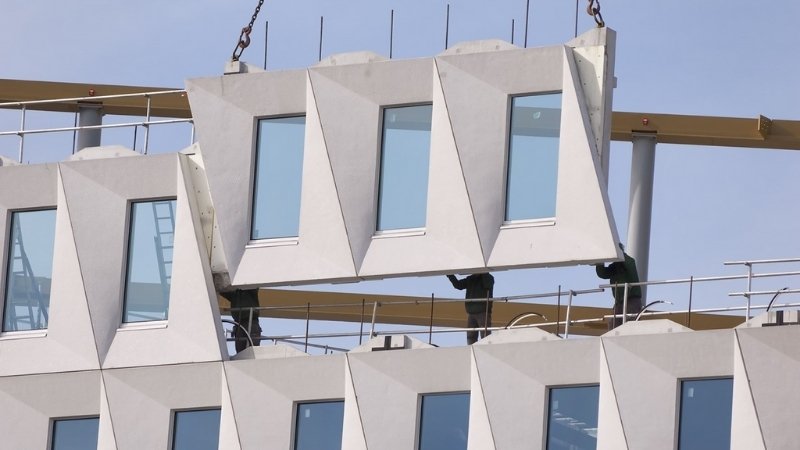Lockdown Opens Door for Technology Adoption in Construction
From devastating bushfires to a global pandemic, the scale of disruption across the industry over the past year has been unprecedented.
Within construction, both on-site and off-site workers have had to adapt and recalibrate to rapidly changing conditions.
In a recent report “How We Build Now: Tracking Technology in 2020 ” construction software company Procore partnered with independent firm ACA Research to interview 260 businesses to understand how they are dealing with the challenges posed by the pandemic.
Here are the key takeaways:
1. It's been a tough year with many challenges
If you’ve spent late nights strategising about how to survive the year you’re not alone, with figures showing that general sentiment across the industry has been deeply impacted by recent events.
At the start of the year, despite bushfires raging across the country, 69 per cent of construction businesses were still confident about business conditions.
However, the onset of Covid-19 shook the sector, and two months later, this figure declined to 43 per cent of respondents.
Small businesses have felt the impact most, with respondents expecting a drop of between 33 and 61 per cent in the number of new projects for the year.

2. Prefabrication still the biggest driver for change
When it comes to current technologies, prefabricated systems are still considered the biggest driver of change, followed by building information modelling (BIM), computer-aided design (CAD) and drone technology.
44 per cent of respondents acknowledged that prefabrication presented the greatest potential for change.
Despite the positive sentiment towards prefabrication, regulators have recently suggested further regulation in ensuring the quality of the prefabricated building products.
"From a regulator’s point of view, we haven’t even really got set for it, so we’ll be putting a lot of time into that because at the moment, we only have visibility to what physically happens on the site,” New South Wales Building Commissioner David Chandler said recently.
3. The Covid-19 shutdown has created new thinking around technology
Lockdowns, social distancing and government restrictions forced many within the industry into making major changes to technology processes and products.
As instant, responsive tools to manage job sites and staff remotely have suddenly become crucial, the lockdown is shaping as a critical moment of technology adoption within the Australian construction industry.
“What we’ve seen is that firms are having to question how they operate, how they can improve and how they can design better processes for improvement," said Ben Selwyn, director at ACA.
“They’re using technology to manage the risks on-site and ensure that they are running safe job sites.”
Nearly half of the surveyed construction businesses said they are using technology to manage risk on-site, whilst a further 38 per cent admitted to using technology to improve productivity while in remote environments.

4. Training is a challenge when introducing new tech
Implementing new technologies into an existing business and operating model is presenting a challenge for many in the construction sector.
Approximately a third of respondents said training subcontractors on how to use specific technologies created the greatest stress, whilst 27 per cent pointed to training permanent site staff.
Matthew Rayment, chief operating officer at PBS Building, said that, ironically, it was technology that helped solve this problem.
“We’re using a lot of video tutorials and online learning management systems to roll out training."
5. Good data will be key to growth
In order to learn and grow from such a difficult year, most respondents agreed that the collection of data is key in drawing the insights needed to plan ahead.
“Technology is all well and good, but you need the data that sits behind that," ACA’s Selwyn said.
According to Selwyn, businesses that effectively manage their data will deliver measurable improvements, including enhanced knowledge, regulatory compliance, safer working conditions, reduced costs and higher margins.
The Procore report also noted that 51 per cent of businesses agreed that women would form a key part of the construction workforce over the next decade while 44 per cent saying that they were “very confident” the current workforce had the skills required to get through this year.
To read a full version of the report, click here.
The Urban Developer is proud to partner with Procore to deliver this article to you. In doing so, we can continue to publish our free daily news, information, insights and opinion to you, our valued readers.














